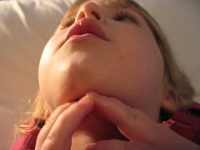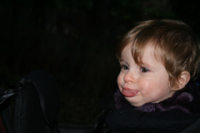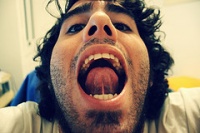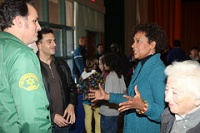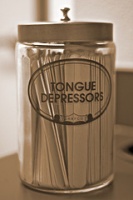
Q: My client keeps lifting the tip of his tongue when I want him to lift the back for K and G. How can I get him to stop doing this? The simplest way is to use an inhibition technique. Hold down the tip with a tongue depressor and tell him to lift the back instead. I also might use some tactile stimulation in the form of gentle brushing to help him understand the difference between the back of the…


